Introduction to Sustainable Fabric
The fashion industry is shifting significantly towards sustainable practices, with fabric sourcing a critical aspect. Sustainable fabrics are produced from eco-friendly materials and processes aimed at minimizing environmental impact. This transition is driven by both rising consumer consciousness and regulatory pressures. As more companies seek reliable fabric suppliers, embracing sustainability and reducing their environmental footprint is increasingly important.
Fabrics such as organic cotton, recycled polyester, and bamboo are becoming increasingly popular due to their reduced environmental impact. Organic cotton, for example, is grown without synthetic pesticides and fertilizers. At the same time, recycled polyester is made from post-consumer plastic waste, reducing the need for virgin materials. Bamboo is another eco-friendly option, known for its rapid growth and low water usage. These sustainable materials reduce the ecological footprint of production and cater to the growing consumer demand for environmentally responsible products.
Benefits of Sustainable Fabric Sourcing
- Environmental Conservation: Sustainable fabrics often require less water and energy to produce, significantly reducing the carbon footprint of clothing production. For instance, producing one kilogram of conventional cotton can require up to 20,000 liters of water. In contrast, organic cotton significantly reduces this amount. This conservation of resources is critical in the face of global water scarcity and climate change.
- Health Benefits: Natural and organic fabrics are free from harmful chemicals, providing better health benefits for consumers and workers involved in production. Conventional cotton production relies heavily on chemical pesticides, which can cause severe health issues for farmworkers and contaminate local water supplies. By contrast, sustainable fabrics offer a safer alternative, ensuring the well-being of all parties involved.
- Economic Advantages: Sustainable practices can lead to long-term savings and open new market opportunities for eco-conscious brands. Consumers are increasingly willing to pay a premium for products that align with their values, creating a lucrative market for sustainable fashion. Additionally, investing in sustainable practices can enhance a brand’s reputation and customer loyalty, further driving economic benefits.
Challenges in Sustainable Sourcing
Despite its advantages, sustainable fabric sourcing comes with its own set of challenges. High costs are one of the major barriers, as eco-friendly materials and production methods can be more expensive than conventional ones. This cost barrier can be particularly challenging for small and medium-sized enterprises transitioning to sustainable practices. Additionally, these materials are often limited, making it hard for many brands to secure a consistent supply of sustainable fabrics.
Supply chain complexities further complicate efforts, as ensuring sustainability at every step can be daunting. Traceability is essential to verify that all fabric and production process components meet sustainable standards. This requires thorough documentation and frequent audits, which can be resource-intensive. Moreover, another significant challenge is the need for standardized certifications. This makes it difficult for brands and consumers to verify the sustainability claims of various fabrics. Therefore, transparency and traceability are vital to building trust within the industry.
Consumers and Their Role
Today’s consumers are more informed and concerned about the environmental impacts of their purchases than ever before. Consumers can significantly reduce the fashion industry’s carbon footprint by choosing sustainable fabrics. Educational campaigns and transparent supply chains are crucial in facilitating informed consumer decision-making. According to a report by Forbes, sustainable fashion is increasingly becoming a priority for shoppers, driving demand for eco-friendly clothing options.
Consumers play a vital role by demanding transparency and holding companies accountable for their environmental practices. Social media platforms and online communities allow consumers to share information and advocate for sustainable choices. Brands that listen to their customers and demonstrate a commitment to sustainability are more likely to succeed in the competitive fashion market. Moreover, consumer preferences influence legislative changes, driving the adoption of stricter environmental regulations within the industry.
Innovations in Sustainable Fabrics
Technological advancements are crucial in the production of sustainable fabrics. Innovations include biodegradable materials, fabric recycling technologies, and the development of high-performance sustainable textiles. For example, companies are exploring the potential of algae-based fabrics, which offer a biodegradable and renewable alternative to traditional textiles. Similarly, mushroom leather is gaining popularity as a sustainable substitute for animal leather.
Fabric recycling technologies are another significant innovation, enabling the repurposing of old garments into new fabrics. These processes help reduce waste and conserve resources by giving new life to discarded textiles. Businesses are making significant investments in R&D to produce textiles that satisfy customer demands and environmental regulations. These developments are closing the performance-sustainable gap, increasing the accessibility of sustainable fabrics, and guaranteeing that eco-friendly solutions don’t sacrifice robustness or quality.
Future Trends and Predictions
The future of sustainable fabric sourcing is promising due to technological advancements and increasing consumer demand for eco-friendly options. Future trends may include more stringent regulations, greater transparency, traceability in supply chains, and mainstreaming sustainable fabrics in the fashion industry. The fashion industry can significantly advance towards a sustainable future through continuous innovation and collective effort.
One potential trend is the rise of circular fashion, where garments are designed to be reused, repaired, or recycled rather than discarded. This shift requires a rethinking of traditional fashion production and consumption models. Additionally, the advent of blockchain technology could enhance supply chain transparency, allowing consumers to track the journey of their garments from raw materials to finished products. By embracing these trends, the fashion industry can move towards a more sustainable and ethical future, benefiting the planet and its inhabitants.






















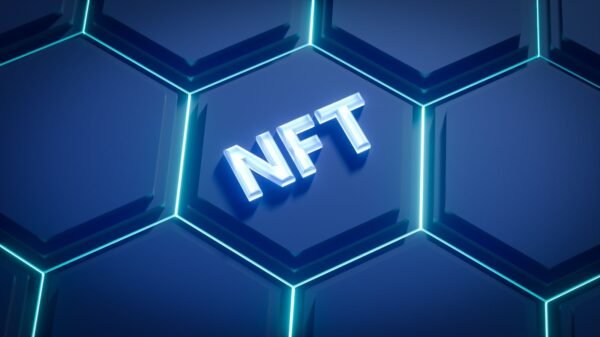
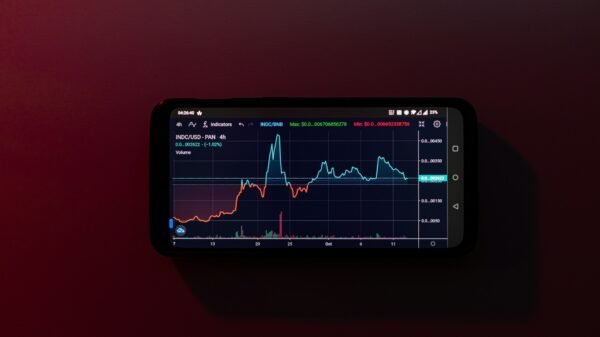
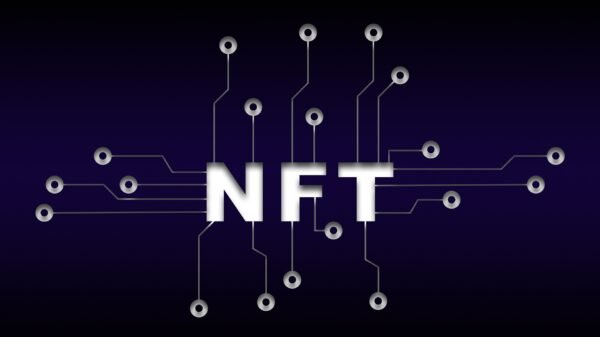

























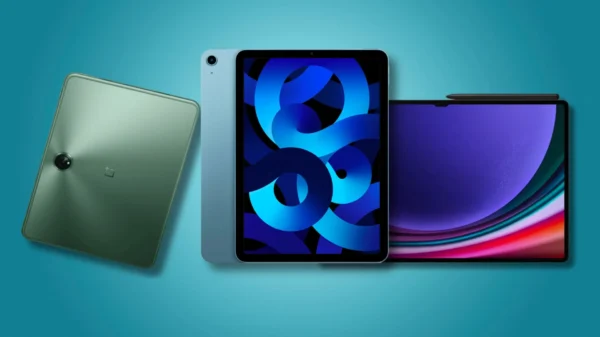










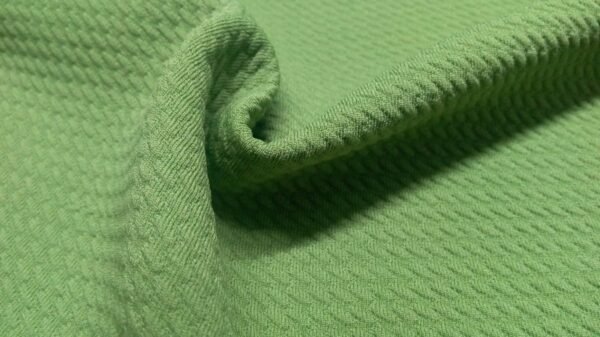


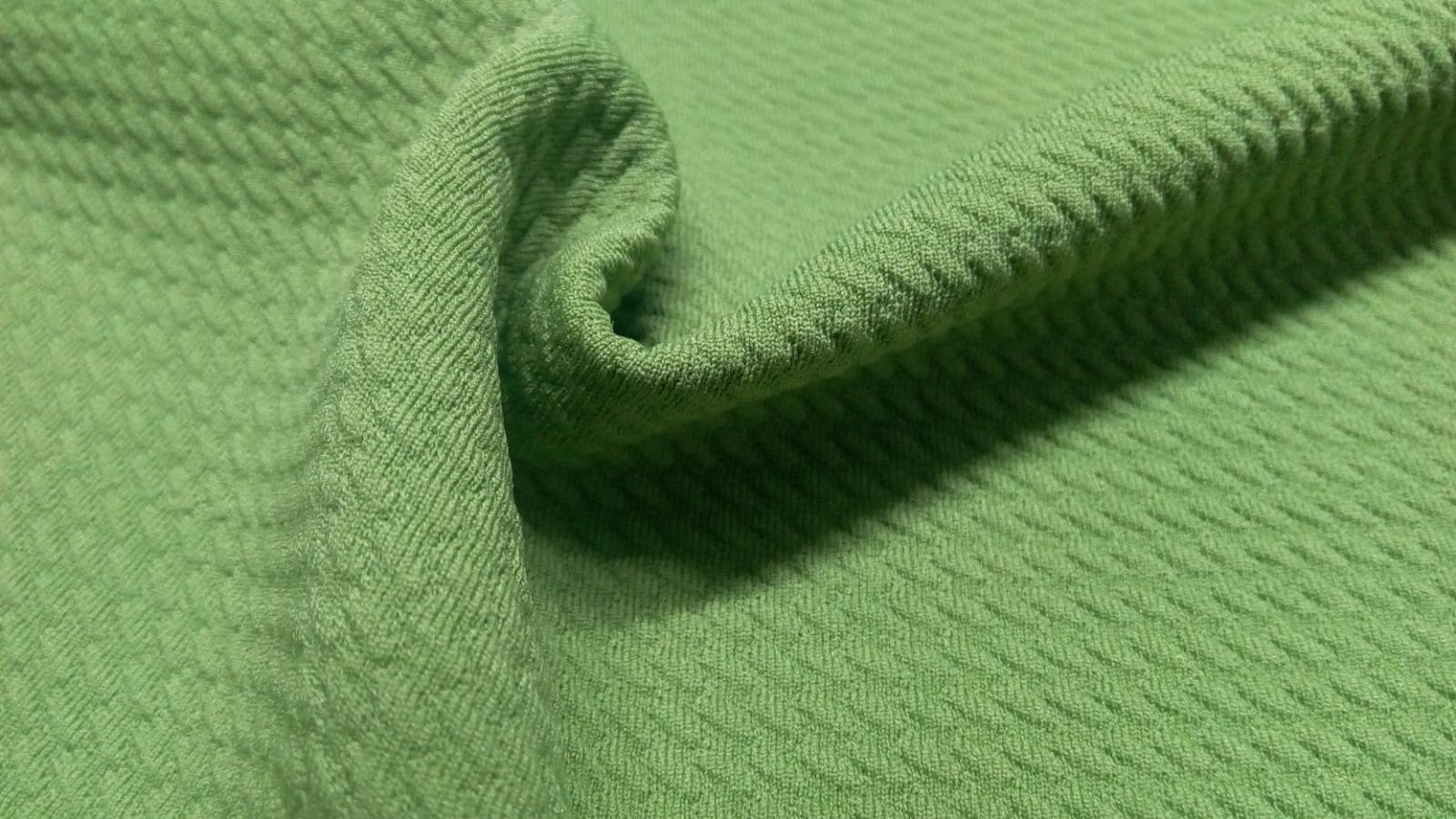






Pingback: Telegram Arrested: Understanding the Legal Implications and Recent Events